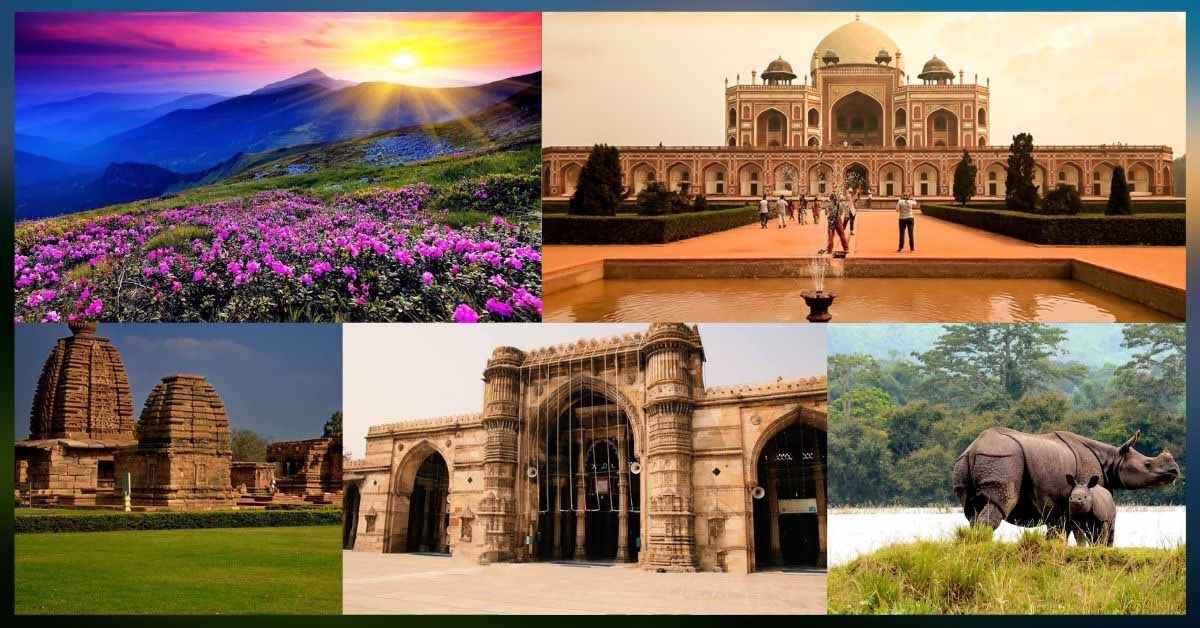Table of Contents
A World Heritage Site is a landmark or area with legal protection by an international convention administered by the United Nations Educational, Scientific, and Cultural Organization (UNESCO). World Heritage Sites are designated by UNESCO for having cultural, historical, scientific, or other forms of significance. The sites are judged to contain “cultural and natural heritage around the world considered to be of outstanding value to humanity”.
Objective:
By assigning places as World Heritage Sites, UNESCO wants to help to pass them on to future generations. Its motivation is that “heritage is our legacy from the past, what we live with today” and that both cultural and natural heritage are “irreplaceable sources of life and inspiration”. UNESCO’s mission with respect to World Heritage consists of eight sub-targets. These include encouraging the commitment of countries and local populations to World Heritage conservation in various ways, providing emergency assistance for sites in danger, offering technical assistance and professional training, and supporting States Parties’ public awareness-building activities.
World Heritage Sites in India by UNESCO:
- The Archaeological Survey of India (ASI) is the nodal agency for forwarding any request for World Heritage status to any Indian site whether cultural or natural.
- Based on the proposals received from the Central or State Government agencies as well as management Trusts, etc., and after their due scrutiny, the Government forwards the nomination dossiers to the World Heritage Center.
- India now has 43 sites, including 35 cultural sites, 7 natural sites, and 1 mixed site.
- Newest Entry: The Moidams – the Mound-Burial System of the Ahom Dynasty was the latest site to be inscribed on the UNESCO World Heritage list in 2024.
- The 46th session of the UNESCO World Heritage Committee was held in New Delhi, India, from July 21 to July 31, 2024. There the addition of Moidam-the Mound-Burial of Ahom kingdom was finalized and announced there.
Criteria For Selection:
A. Criteria for Natural Sites:
- Contain superlative natural phenomena or areas of exceptional natural beauty and aesthetic importance.
- Outstanding examples represent major stages of the earth’s history, including the record of life, significant ongoing geological processes in the development of landforms, or significant geomorphic or physiographic features.
- These outstanding examples represent significant ongoing ecological and biological processes in the evolution and development of terrestrial, freshwater, coastal, and marine ecosystems and communities of plants and animals.
- Contain the most important and significant natural habitats for in-situ conservation of biological diversity, including those containing threatened species of outstanding universal value from the point of view of science or conservation.
B. Criteria for Cultural Sites:
- To represent a masterpiece of human creative genius”.
- “To exhibit an important interchange of human values, over a span of time or within a cultural area of the world, on developments in architecture or technology, monumental arts, town-planning or landscape design”.
- “To bear a unique or at least exceptional testimony to a cultural tradition or to a civilization which is living or which has disappeared”.
- “To be an outstanding example of a type of building, architectural or technological ensemble or landscape which illustrates (a) significant stage(s) in human history”.
- “To be an outstanding example of a traditional human settlement, land-use, or sea-use which is representative of a culture (or cultures), or human interaction with the environment especially when it has become vulnerable under the impact of irreversible change”.
- “To be directly or tangibly associated with events or living traditions, with ideas, or with beliefs, with artistic and literary works of outstanding universal significance.
Legal Status Of Designated Sites:
Once a site is declared a World Heritage site by UNESCO, it is accepted as prima facie evidence that such a site is culturally sensitive and warrants legal protection pursuant to the law of war under the Geneva Convention, its Articles, Protocols, and Customs, together with the other treaties including the Hague Convention for the protection of Cultural Property in the Events of Armed Conflict and the International Law.
Article 53 of the Geneva Convention:
PROTECTION OF CULTURAL OBJECTS AND PLACES OF WORSHIP-Without prejudice to the provision of the “Hague Convention for the Protection of Cultural Property in the Event of Armed Conflict of 14 May 1954’ and of other relevant international instruments, it is prohibited:
- To commit any act of hostility directed against the historic monuments, works of art, or places of worship that constitute the cultural or spiritual heritage of people.
- To use such objects in support of the military efforts.
- To make such objects the object of reprisals.
Also Read: Climate Change Policy of India
List of All UNESCO World Heritage Sites in India:
#1.
Name of Site: Ajanta Caves.
Year: 1983
Location: Maharashtra.
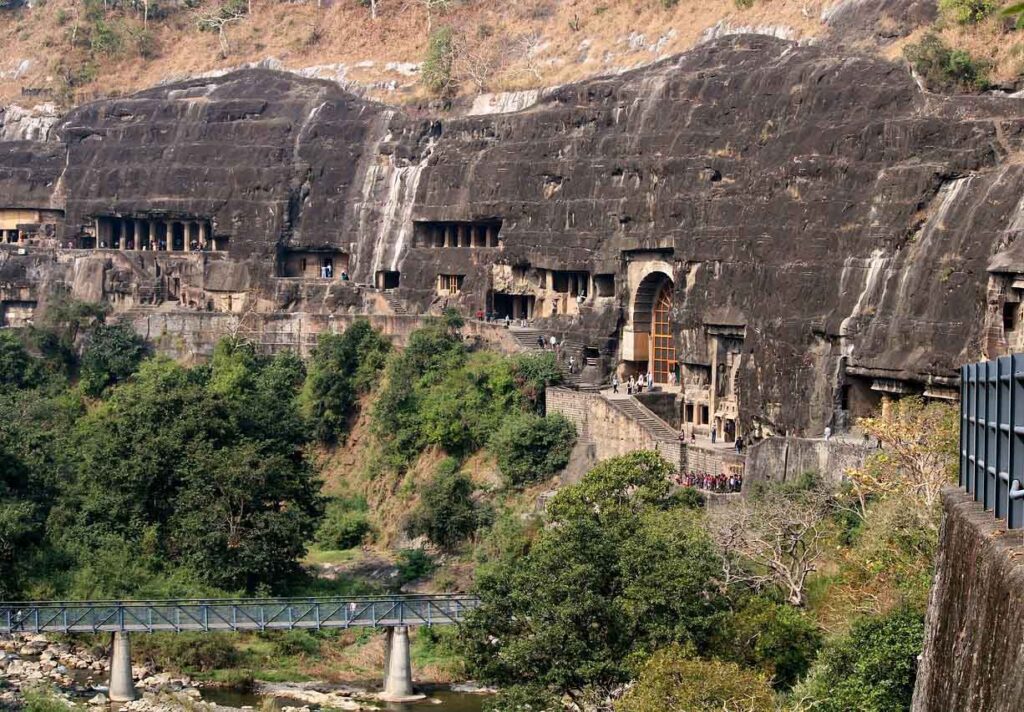
Importance: The Buddhist Caves in Ajanta are approximately 30 rock-cut Buddhist cave monuments dating from the 2nd century BCE to about 480 CE in the Aurangabad district of Maharashtra state in India. The caves include paintings and rock-cut sculptures described as among the finest surviving examples of ancient Indian art, particularly expressive paintings that present emotions through gesture, pose and form.
#2.
Name of Site: Ellora Caves.
Year: 1983
Location: Maharashtra.
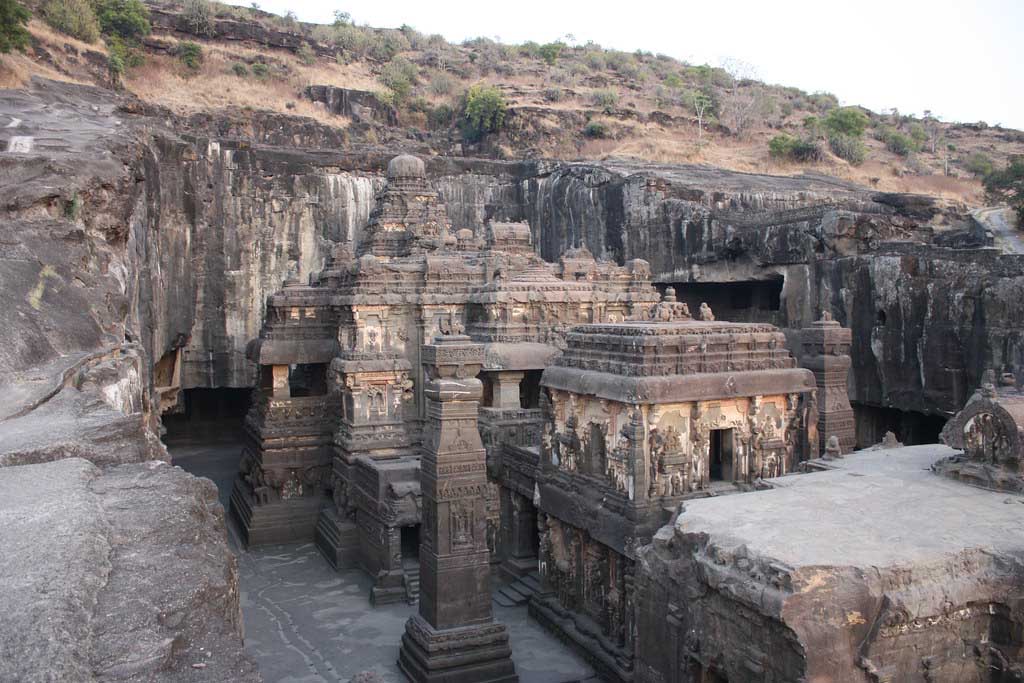
Importance: It is one of the largest rock-cut Hindu temple cave complexes in the world, featuring Buddhist and Jain monuments with artwork dating from the period 600–1000 CE. Cave 16 features the largest single monolithic rock excavation in the world, the Kailash temple, a chariot-shaped monument dedicated to Lord Shiva.
#3.
Name of Site: Agra Fort.
Year: 1983
Location: Agra.

Importance: This is one of the most prominent monumental structures by the Mughal empire.
#4.
Name of Site: Taj Mahal.
Year: 1983
Location: Agra.
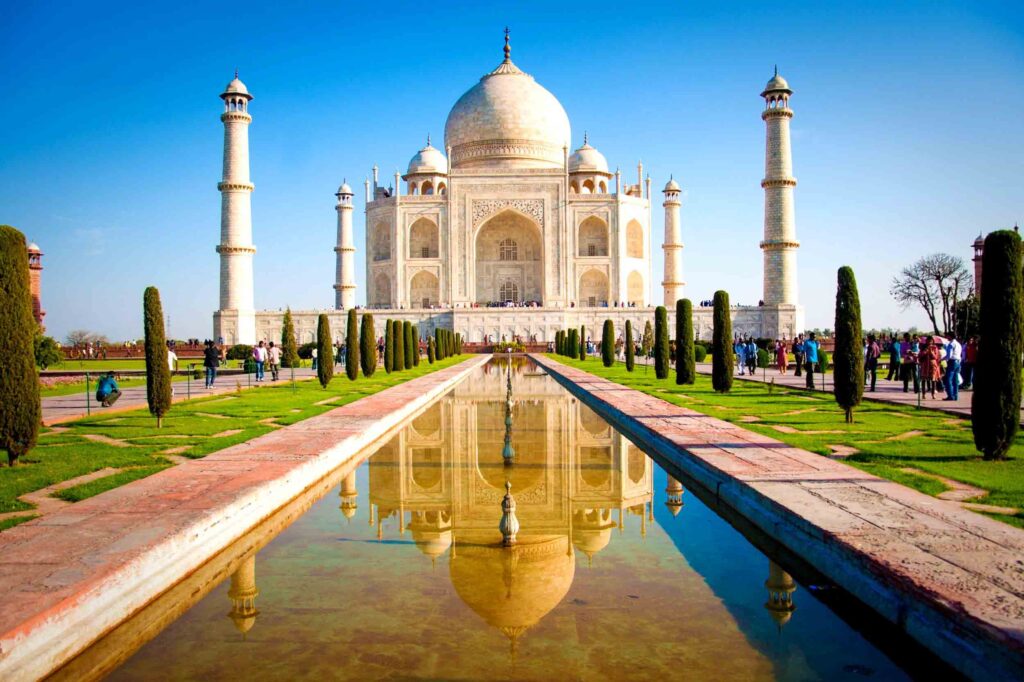
Importance: This is one of the Seven Wonders of the World.
#5.
Name of Site: Sun Temple.
Year: 1984
Location: Odisha.
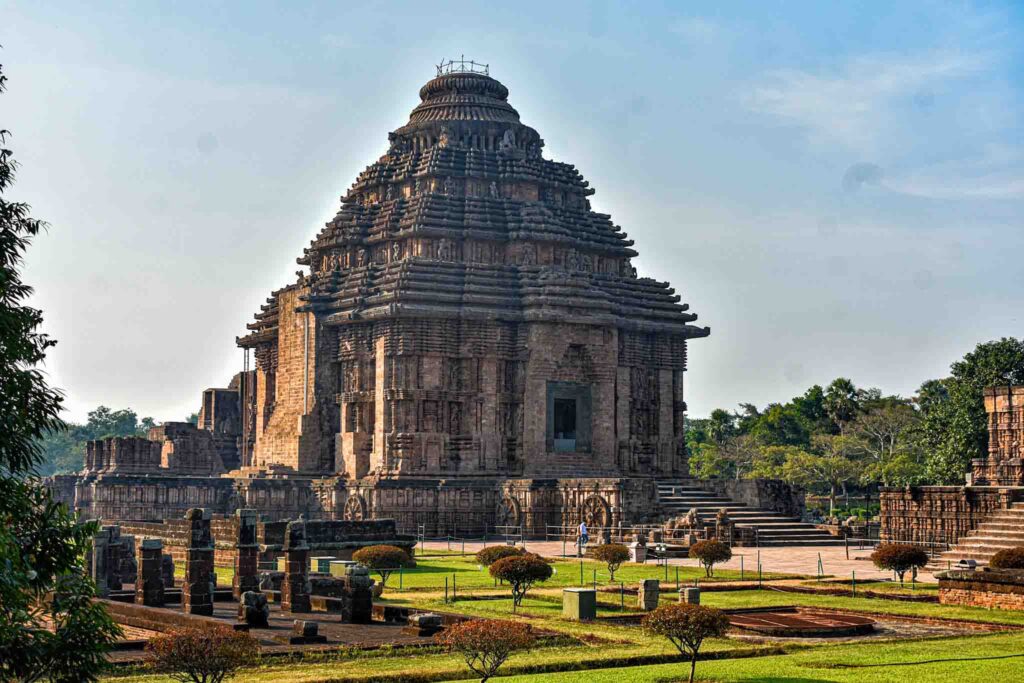
Importance: This temple is famous for the traditional style of Kalinga Architecture.
#6.
Name of Site: Mahabalipuram Monuments.
Year: 1984
Location: Tamil Nadu.

Importance: This monument is famous for being the Largest Open-Air Rock Relief, Mandapas, Chariot Temples, It is a Pallava Dynasty Architecture.
#7.
Name of Site: Kaziranga National Park.
Year: 1985
Location: Assam.
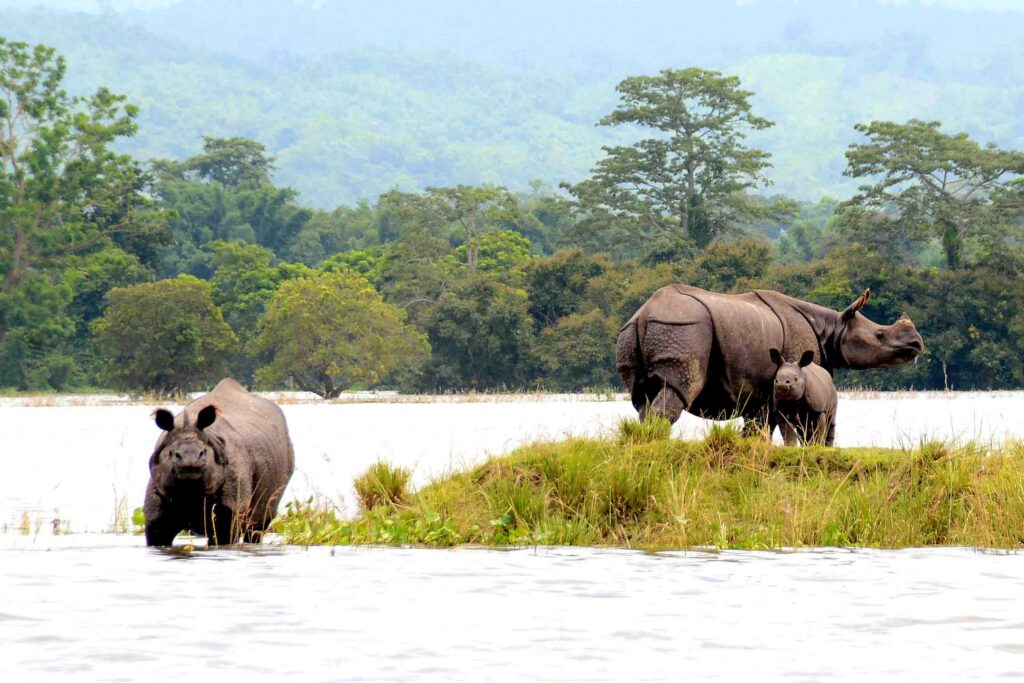
Importance: Famous for Worlds 2/3rd population of Great One-Horned Rhinoceroses. It has the highest density of Tigers in the World, Wild Water Buffalo, Elephants, Swamp Deer, and the park is also recognized as the Important Bird Area.
#8.
Name of Site: Keoladeo National Park.
Year: 1985
Location: Rajasthan.

Importance: This former duck-hunting reserve of the Maharajas is one of the major wintering areas for large numbers of aquatic birds from Afghanistan, Turkmenistan, China and Siberia. Some 364 species of birds, including the rare Siberian crane, have been recorded in the park.
#9.
Name of Site: Manas Wildlife Sanctuary.
Year: 1985
Location: Assam.

Importance: This sanctuary is famous for Project Tiger Reserve, Biosphere Reserve and Elephant Reserve.
#10.
Name of Site: Churches and Convents of Goa.
Year: 1986
Location: Goa.
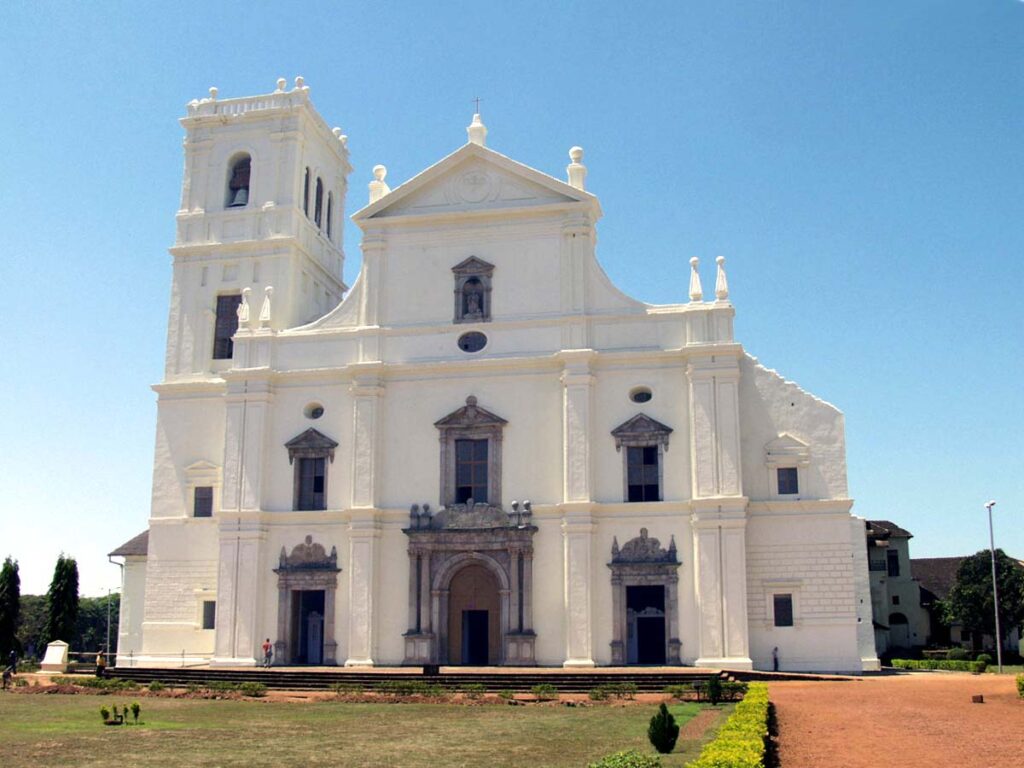
Importance: The churches and convents of Goa, the former capital of the Portuguese Indies – particularly the Church of Bom Jesus, which contains the tomb of St Francis-Xavier – illustrate the evangelization of Asia. These monuments were influential in spreading forms of Manueline, Mannerist, and Baroque art in all the countries of Asia where missions were established.
#11.
Name of Site: Monuments of Khajuraho.
Year: 1986
Location: Madhya Pradesh.

Importance: This monument is popular for a group of Jain and Hindu Temples. It is situated 175 km southeast of Jhansi. Well known for its Nagara style symbolism and erotic figures and sculptures.
#12.
Name of Site: Monuments of Hampi.
Year: 1986
Location: Karnataka.
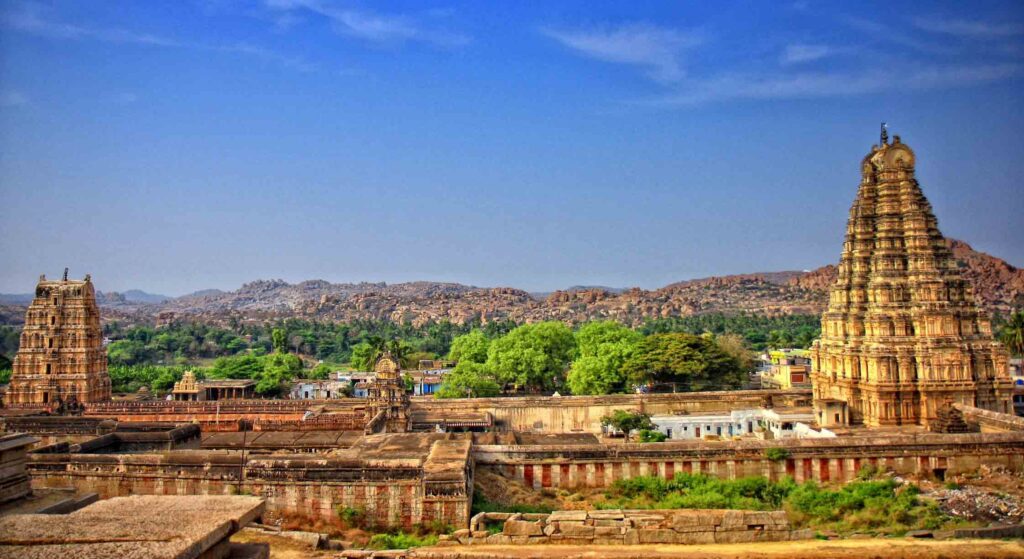
Importance: Hampi is an ancient village in the south Indian state of Karnataka. It’s dotted with numerous ruined temple complexes from the Vijayanagara Empire. On the south bank of the River Tungabhadra is the 7th-century Hindu Virupaksha Temple, near the revived Hampi Bazaar. A carved stone chariot stands in front of the huge Vittala Temple site. Southeast of Hampi, Daroji Bear Sanctuary is home to the Indian sloth bear.
#13.
Name of Site: Fatehpur Sikri.
Year: 1986
Location: Agra.

Importance: Its structure constitutes of four main Monuments. The Jama Masjid, The Buland Darwaza, Panch Mahal or Jada Baai ka Mahal, Diwan-e-Khas, Diwan-e-aam.
#14.
Name of Site: Elephanta Caves.
Year: 1987
Location: Maharashtra.

Importance: The Elephanta Caves contain rock cut stone sculptures, mostly in high relief, that show syncretism of Hindu and Buddhist ideas and iconography.
#15.
Name of Site: Chola Temples.
Year: 1987
Location: Tamil Nadu
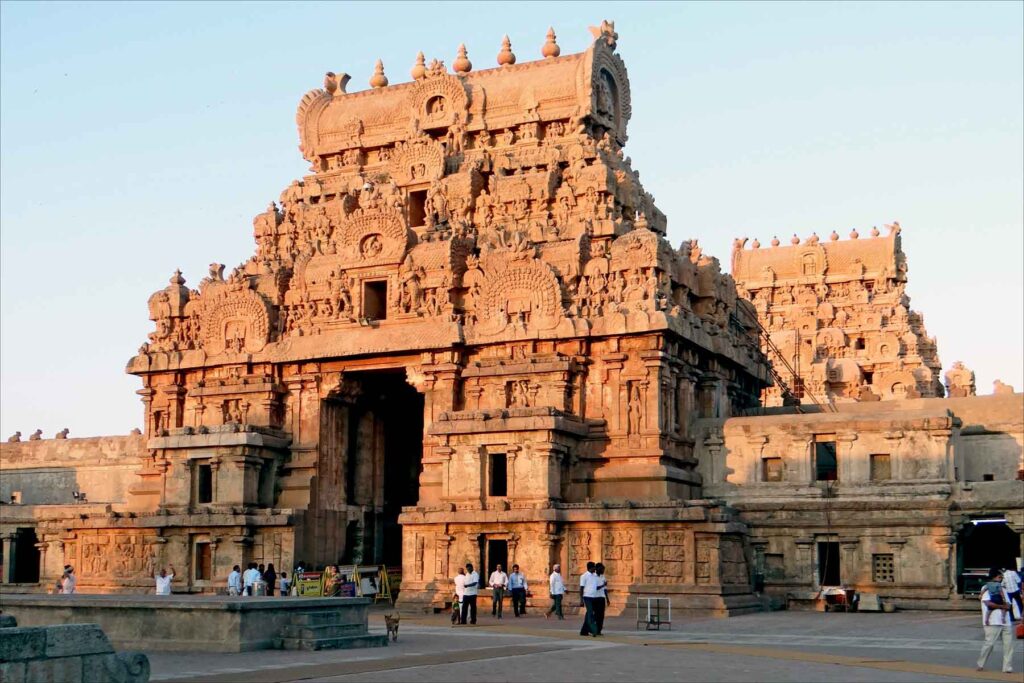
Importance: This temple is popular for Chola Architecture, Sculpture, Painting, and Bronze Casting.
#16.
Name of Site: Pattadakal Monuments
Year: 1987
Location: Karnataka

Importance: It is popular for its Chalukya style of architecture that originated in Aihole and blended with the Nagara and Dravidian styles of architecture.
#17.
Name of Site: Sundarban National Park.
Year: 1987
Location: West Bengal.

Importance: This National Park is popular as Biosphere Reserve, Largest Estuarine Mangrove Forest, Bengal Tiger, and Salt-Water Crocodile.
#18.
Name of Site: Nanda Devi & Valley of Flowers National Park.
Year: 1988
Location: Uttarakhand.
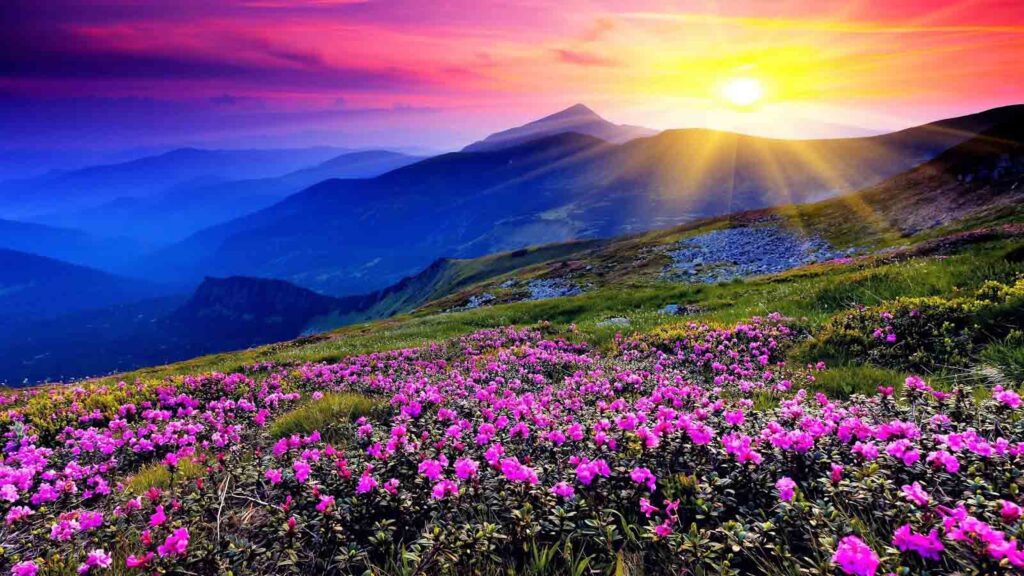
Importance: It is famous for Snow Leopard, Asiatic Black Bear, Brown Bear, Blue Sheep, and Himalayan Monal, World Network of Biosphere Reserves.
#19.
Name of Site: Monuments of Buddha.
Year: 1989
Location: Sanchi, Madhya Pradesh.

Importance: It is popular for Monolithic Pillars, Palaces, Monasteries, Temples Mauryan Architecture, Ye Dharma Hetu Inscriptions.
#20.
Name of Site: Humayun’s Tomb.
Year: 1993
Location: Delhi.
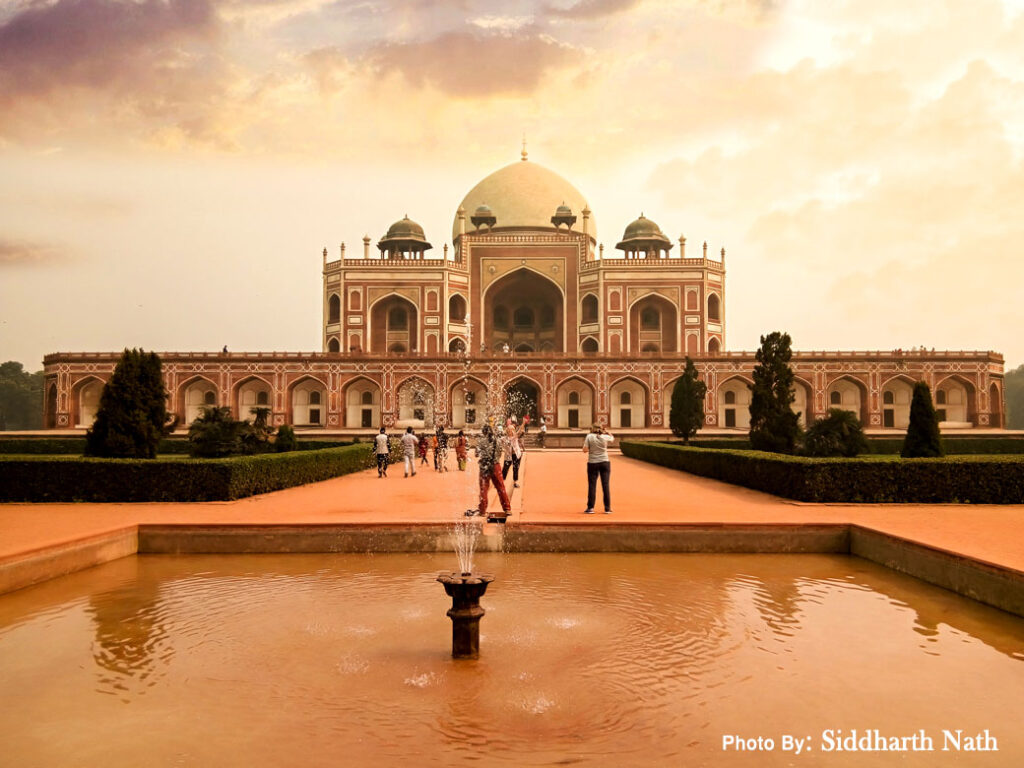
Importance: Humayun’s tomb is the tomb of the Mughal Emperor Humayun in Delhi, India. The tomb was commissioned by Humayun’s first wife and chief consort, Empress Bega Begum, in 1558, and designed by Mirak Mirza Ghiyas and his son, Sayyid Muhammad, Persian architects were chosen by her.
#21.
Name of Site: Qutub Minar and its Monuments.
Year: 1993
Location: Delhi.

Importance: Includes Qutub Minar, Alai Darwaza, Alai Minar, Qubbat-ul-Islam Mosque, Tomb of Iltumish, and Iron
Pillar.
#22.
Name of Site: Mountain Railways of Darjeeling, Kalka Shimla & Nilgiri.
Year: 1999
Location: Darjeeling.

Importance: The mountain railways of India comprise of the Darjeeling Himalayan Railway, the Nilgiri Mountain Railway, and the Kalka-Shimla.
#23.
Name of Site: Mahabodhi Temple.
Year: 2002
Location: Bihar.

Importance: The Mahabodhi Temple or the Mahabodhi Mahavihar, a UNESCO World Heritage Site, is an ancient, but much rebuilt and restored, a Buddhist temple in Bodh Gaya, marking the location where the Buddha is said to have attained enlightenment.
#24.
Name of Site: Bhimbetka Rock Shelters.
Year: 2003
Location: Madhya Pradesh.
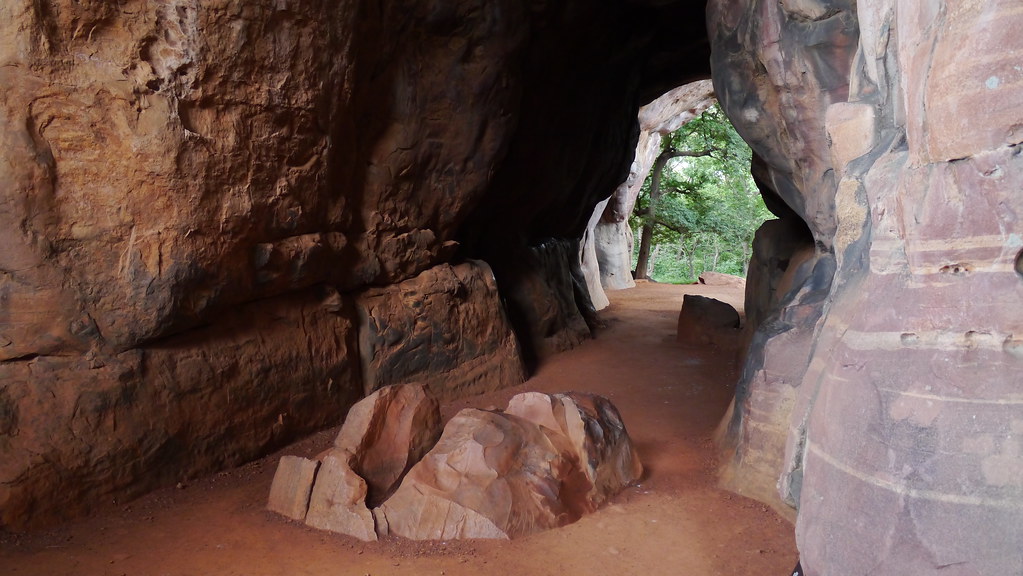
Importance: The Bhimbetka rock shelters are archaeological site in central India that spans the Paleolithic and Mesolithic periods, as well as the historic period. It exhibits the earliest traces of human life in India and evidence of the Stone Age starting at the site in Acheulian times.
#25.
Name of Site: Shivaji Terminus.
Year: 2004
Location: Maharashtra.

Importance: It is popular for central Railways Headquarters, Terror Attacks on Mumbai in 2008, Gothic Style Architecture.
#26.
Name of Site: Champaner-Pavagadh Archaeological Park.
Year: 2004
Location: Gujarat.

Importance: This place is the only complete and unchanged Islamic pre-Mughal city. The park also houses some of the ancient Chalcolithic Indian Sites, from the Stone Age era.
#27.
Name of Site: Red Fort.
Year: 2007
Location: Delhi

Importance: It is popular for Shahjahanabad, Persian, Timuri and Indian Architectural Styles, Red Sandstone Architecture, Moti Masjid.
#28.
Name of Site: Jantar Mantar.
Year: 2010
Location: Delhi.

Importance: Famous for Architectural Astronomical Instruments, Maharaja Jai Singh II, Largest of its kind Observatory.
#29.
Name of Site: Western Ghats.
Year: 2010
Location: Karnataka, Kerala, Tamil Nadu, Maharashtra.

Importance: Famous for Among World’s Ten “Hottest Biodiversity Hotspots”. Includes many National Parks, Wildlife Sanctuaries, and Reserve Forests.
#30.
Name of Site: Hill Forts.
Year: 2013
Location: Rajasthan.
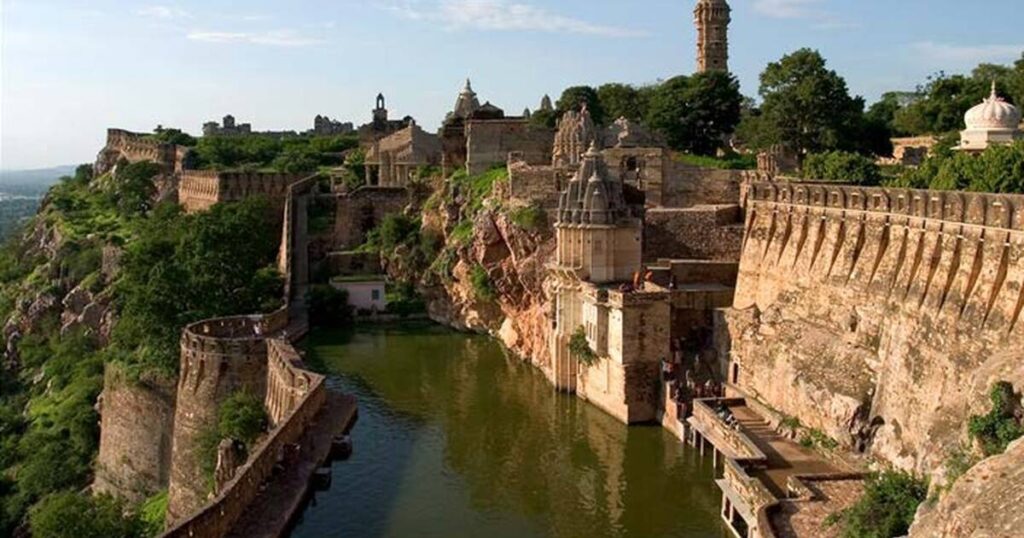
Importance: The North Western Indian State of Rajasthan has over one hundred fortifications on hills and mountainous terrain. Six Hill Forts of Rajasthan spread across Rajasthan state in northern India.
#31.
Name of Site: Rani Ki Vav (The Queen’s Stepwell).
Year: 2014
Location: Gujarat.

Importance: It is an explicit example of fine Ancient Indian architecture which is constructed during the time of the Solanki dynasty.
#32.
Name of Site: Great Himalayan National Park.
Year: 2014
Location: Himachal Pradesh.

Importance: It is home to about 375 fauna species and several floral species, including some very rare species of plants and animals such as blue sheep, snow leopard, Himalayan brown bear etc.
#33.
Name of Site: Nalanda.
Year: 2016
Location: Bihar.

Importance: a renowned Buddhist monastic university in ancient Magadha (modern-day Bihar), India. Considered by historians to be the world’s very first residential university and among the greatest centers of learning in the ancient world.
#34.
Name of Site: Khangchendzonga National Park.
Year: 2016
Location: Sikkim.

Importance: The national park is famous for its fauna and flora, with snow leopards being occasionally sighted.
#35.
Name of Site: Architectural Work of Le Corbusier (Capitol Complex).
Year: 2016
Location: Chandigarh.
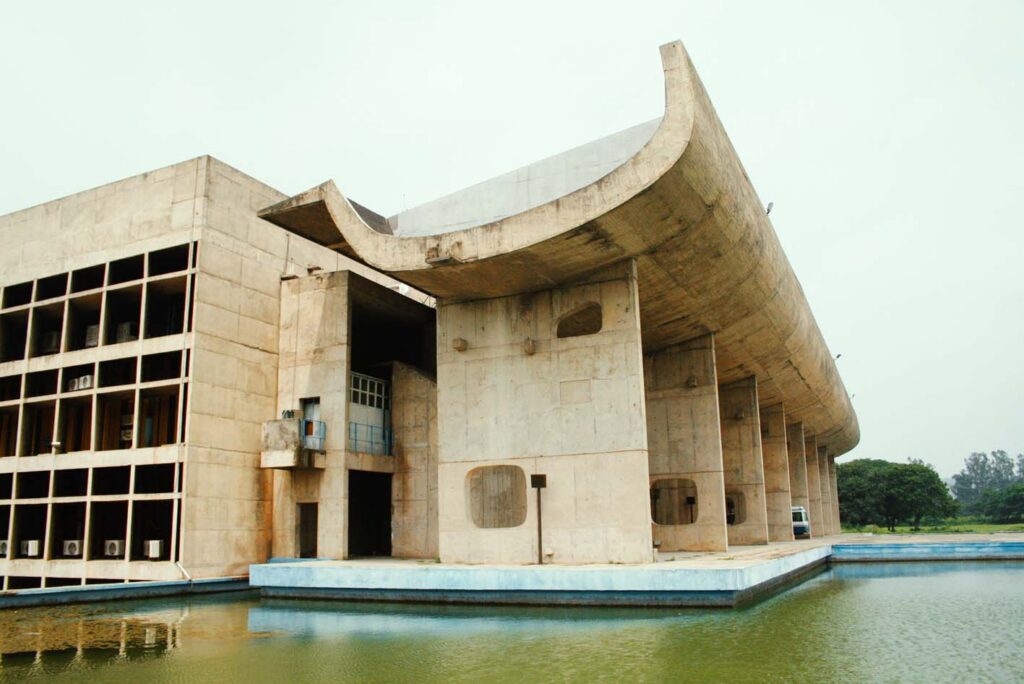
Importance: Recognized as a World Heritage Site as part of an outstanding contribution to the Modern Movement.
#36.
Name of Site: The Historic City.
Year: 2017
Location: Ahmedabad.

Importance: A walled city on the banks of Sabarmati where communities following Hinduism, Islam, and Jainism have co-existed for centuries.
#37.
Name of Site: Victorian Gothic and Art Deco Ensembles.
Year: 2018
Location: Mumbai.

Importance: It is a group of notable architectural buildings set along a peninsula in the Arabian Sea. Grand structures surround grassy Oval Maidan Park, including the imposing 19th-century High Court of Bombay, while cricket games are popular at Brabourne Stadium. The area is also home to the University of Mumbai, as well as casual eateries.
#38.
Name of Site: The Pink City.
Year: 2019
Location: Jaipur.

Importance: Jaipur is a home of many magnificent forts, palaces, temples, and museums and also filled to the brim with local handicrafts and trinkets.
#39.
Name of Site: Kakatiya Rudreshwara (Ramappa) Temple.
Year: 2021
Location: Telangana.

Importance: It is the main Shiva temple in a walled complex built during the Kakatiyan period (1123–1323 CE) under rulers Rudradeva and Recharla Rudra. Construction of the sandstone temple began in 1213 CE and is believed to have continued over some 40 years. The temple is especially known for lightweight porous bricks which are known as floating bricks.
#40.
Name of Site: Dholavira.
Year: 2021
Location: Gujarat
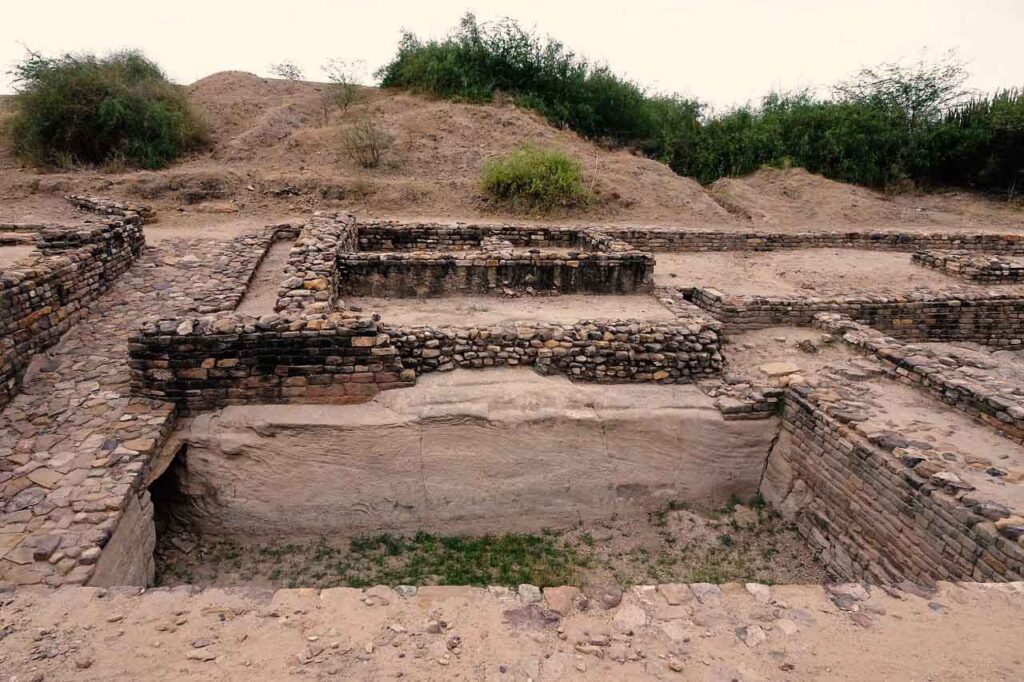
Importance: It is an archaeological site at Khadirbet in Bhachau Taluka of Kutch District, in the state of Gujarat in western India, which has taken its name from a modern-day village 1 kilometer south of it. This village is 165 km from Radhanpur It is one of the most prominent Indus Valley Civilisation sites.
#41.
Name of Site: Santiniketan
Year: 2023
Location: West Bengal

Importnace: Santiniketan, the renowned university town in West Bengal’s Birbhum district, has been honored with a place on the UNESCO World Heritage List! This announcement was made on Sunday during the 45th session of the World Heritage Committee in Riyadh, Saudi Arabia, which continues until September 25. This recognition makes Santiniketan the 41st UNESCO World Heritage Site in India and the third in West Bengal, joining the ranks of the Sundarbans National Park and the Darjeeling Mountain Railways.
A Brief History:
- Founded by Maharshi Debendranath Tagore, father of Nobel laureate Rabindranath Tagore.
- Initially established as Brahmachary Ashram.
- Later expanded by Rabindranath Tagore into the Visva-Bharati University, a visionary educational institution.
#42.
Name of site: Sacred Ensembles of the Hoysalas
Year: 2023
Location: Karnataka

Importance: On September 18, 2023, the World Heritage Committee inscribed the Sacred Ensembles of the Hoysalas on the prestigious UNESCO World Heritage List during its 45th extended session in Riyadh, Saudi Arabia. This remarkable achievement marks the 42nd World Heritage Site in India.
About the Sacred Ensembles of the Hoysalas:
- Location: Karnataka, India
- Components: Three iconic Hoysala-style temple complexes from the 12th to 13th centuries
- Channakeshava Temple in Belur
- Hoysaleswara Temple in Halebidu
- Keshava Temple in Somanathapura
These temples, built during the medieval Hoysala kingdom, are celebrated for their intricate architecture and historical significance. Each temple stands as a testament to the artistic and cultural prowess of the Hoysala dynasty.
#43.
Name of Site: Moidams – the Mound-Burial system of the Ahom Dynasty
Year: 2024
Location: Assam

Importance: In 2024, India proudly hosted the 46th session of the World Heritage Committee Meeting at the Bharat Mandapam in New Delhi. This event highlighted India’s deep-rooted connection with the World Heritage Convention, which dates back to 1977.
A Historic Achievement:
- The Committee recognized the Maidams/Charaideo Maidams from Assam as India’s 43rd World Heritage Site.
- Often referred to as the “Pyramids of Assam”.
- This marks the first cultural site from Assam to receive this prestigious honor.
- The Maidams, located in Assam, are sacred burial mounds of the Ahom dynasty, which ruled Assam for nearly 600 Years since 1253, reflecting centuries of cultural and architectural heritage.
- Charaideo Maidams is home to over 150 such Maidams, although many remain unexplored or have deteriorated over time.

